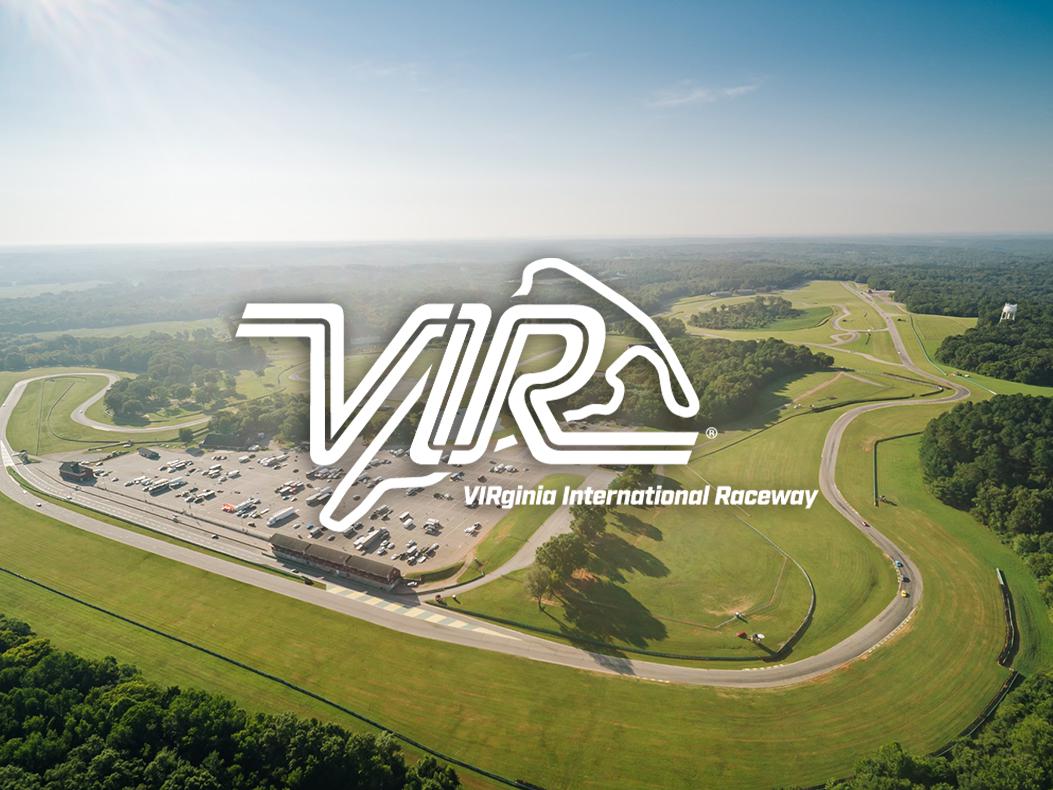Plot The Path To Motorsports Success
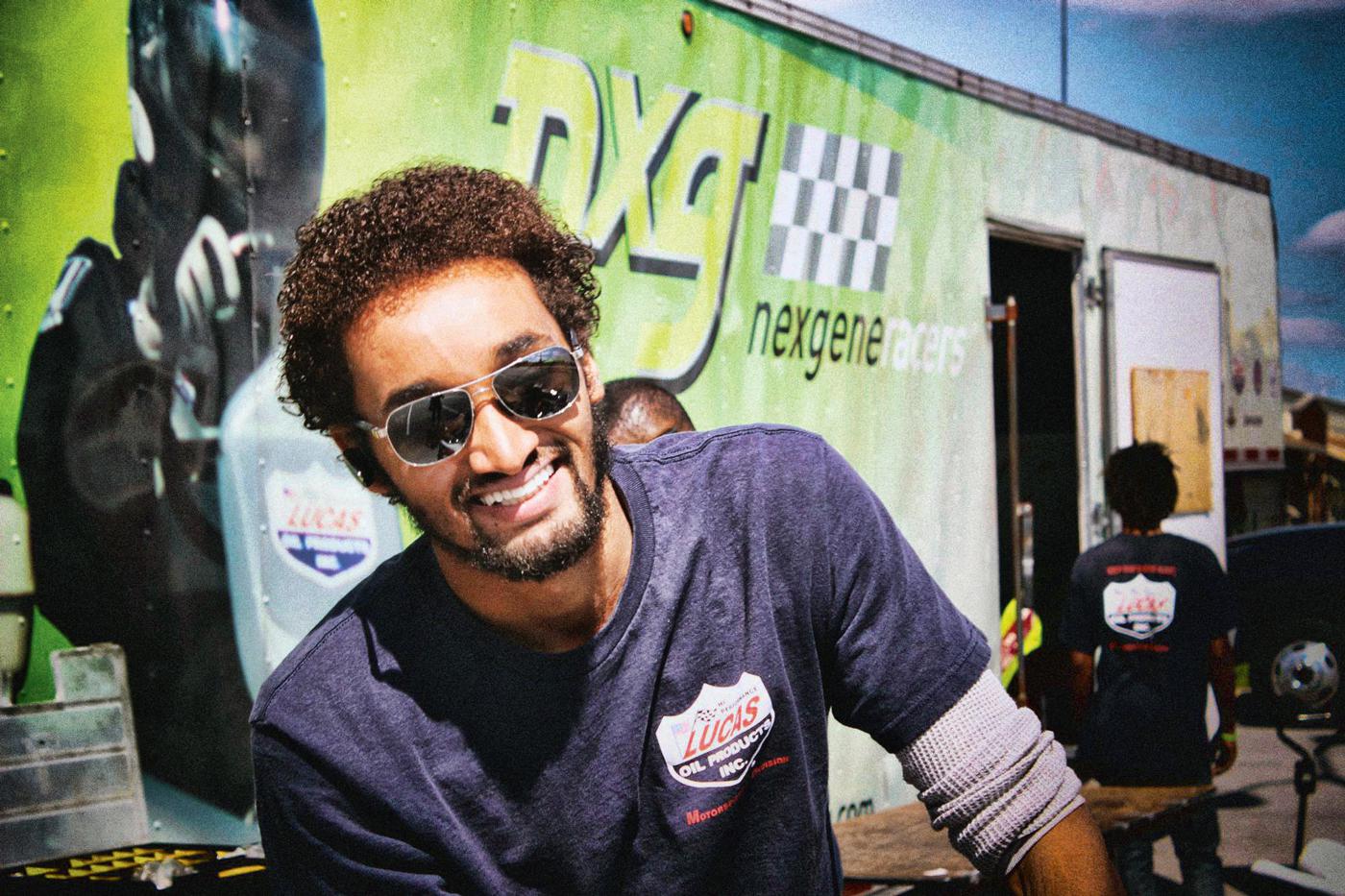
Stu Kelly, Stu Kelly Motorsports and Force Indy
Studying the fundamentals early on not only helps kids develop racing skills and good discipline habits, it also can lead to meaningful long-term careers that aren’t necessarily behind the wheel.
Over the years, PRI Magazine has covered a variety of different programs that encourage young people to get involved in motorsports. Beyond developing driving talent and a better understanding of the engineering behind the scenes, these programs can also provide hands-on experience to kids who otherwise might not have a readily accessible path into the racing world.
“When you’re a kid, there’s an inherent desire to figure out what you’re good at and what’s going to make you happy in the long term,” said Force Indy crew member and NXG Youth Motorsports program graduate Stu Kelly. “A lot of kids just aren’t aware that you don’t have to be a race car driver to have a career in motorsports. So these types of programs are really important in both of those aspects.”
To examine the potential impact of these programs, we sat down with former youth racing program students who went on to establish careers in motorsports. Here’s how these schools helped put them on the path to success.
Jason Simmons
Urban Youth Racing School Graduate
Jason Simmons’ day-to-day at NASCAR consists of assisting with the operational logistics and strategic initiatives for the organization’s international series. “That includes things like figuring out different ways to encourage sponsorships and finding unique programs to drive series development,” Simmons explained. “For instance, one of the things we’re working on right now is the development of an international iRacing series, where we pit top drivers from each of our three international series against one another, almost like an esports Olympics.”
He scored an internship with NASCAR in 2013 and has taken on various roles within the organization in the years since, but the path that led him there dates much further back.
“When I was a kid, one Sunday my brother and I got in trouble and our parents sent us to our room,” Simmons said. “We turned on the television and there was a NASCAR race on—this was the 1996 season, and they were racing at Sonoma. We started watching the race, and I was really just trying to make sense of everything that was happening. The biggest thing that stuck out to me were the paint schemes of the cars, the designs were just really cool and eye-catching. But there was one car that really caught my attention, and the kid behind the wheel was pretty good. It was Jeff Gordon in the Rainbow Warriors car. Now I had a guy to root for, and I was hooked. He finished runner-up that season, and then he won in both ’97 and ’98.”
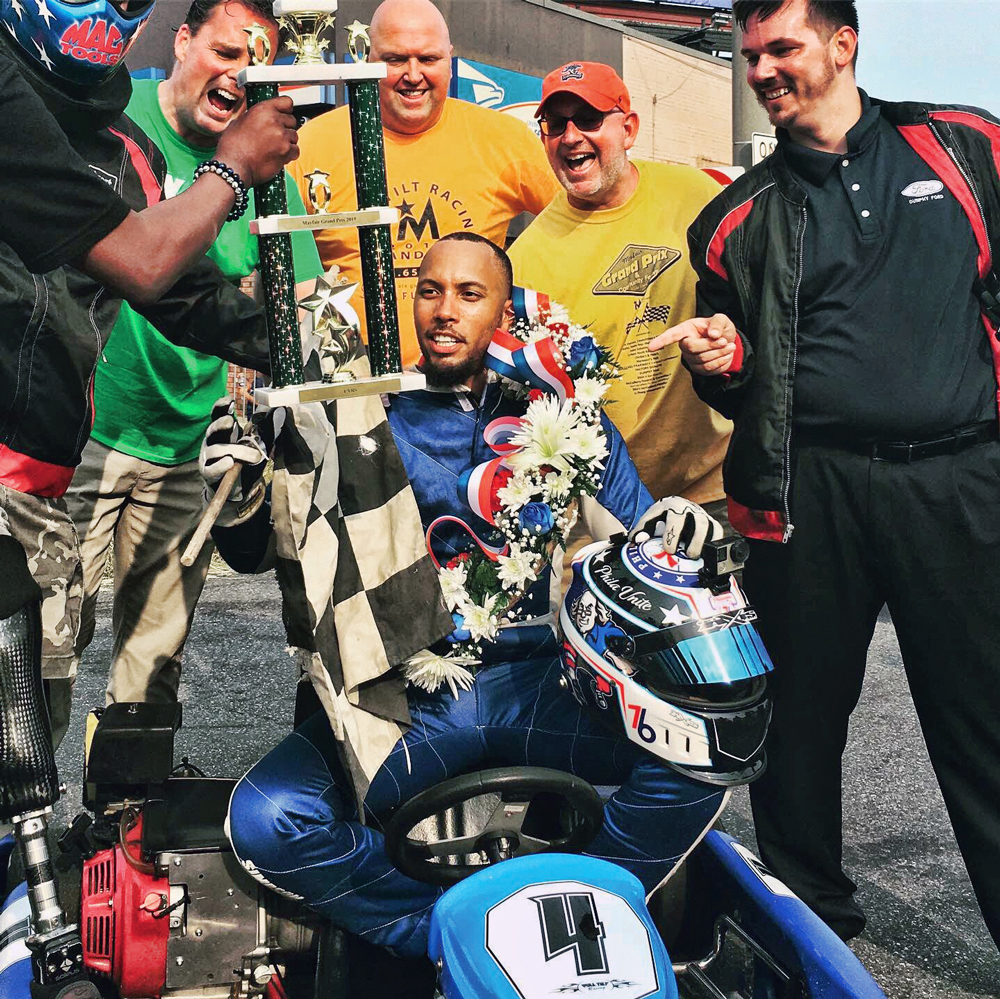
To a kid growing up in inner city Philadelphia, Simmons said that motorsports was a fairly alien concept, and that was actually part of the appeal. “It was just different, and I thought it was the coolest sport in the world. In school I wasn’t talking about Donovan McNabb stats, I was talking about how many points out of first place Jeff Gordon was. Those were the things that were going through my head when I was growing up. It just consumed me at a very young age, and before long I wanted to know what made these cars go fast, and why one team might be doing better than another.”
His fascination did not go unnoticed by his parents. “They were the type who made it clear I was not going to be running around in the streets every summer. I was going to be involved in some kind of camp,” Simmons said. “One summer it was tennis camp, another was street hockey. It just so happened that one year, my mom found an ad in the newspaper for the Urban Youth Racing School, which had just started operating in 1998. She put my brother and me on the waiting list for that year, and we joined the program in 1999.”
He said that the curriculum covered the technical fundamentals of motorsports—how aerodynamics factors in, what different flags mean and the basics of driving technique. “They would bring in drivers from karting all the way up to Late Models to teach us about car control and general race craft. Then they took us to the race track to apply what we had learned in school.”
He discovered he had a knack for it. Soon after, his father purchased a Mini Cup car so he could race at various tracks in Pennsylvania and the surrounding area. He eventually worked his way up the ranks into a Legends car.
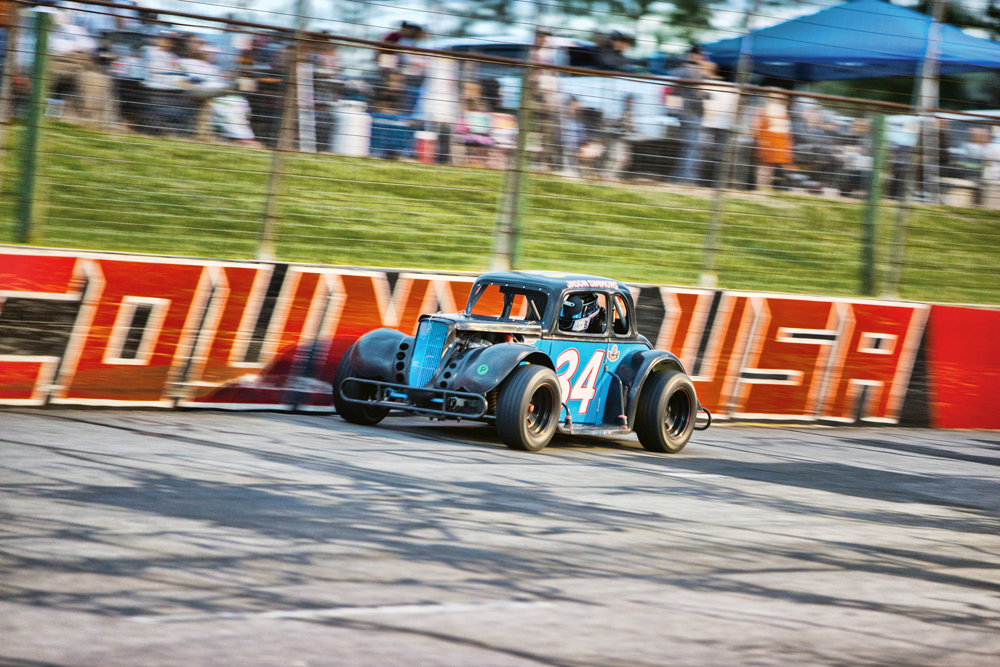
“Aside from the technical aspects of racing, the other thing the program taught me a lot about was managing relationships in the industry, and how the industry works. That was one of the things that really helped me get to where I am today. I made a lot of connections through that school.”
Just before he graduated from college in the spring of 2012, Simmons decided to call one of those connections. “I was wondering what my next move was going to be—was I going to chase this dream? I reached out to this guy I had met years prior in Philadelphia who ran the government affairs team for NASCAR. I explained who I was, and he remembered me. I told him I was coming up on graduation and that I wanted to start looking into opportunities at NASCAR, and he said, ‘OK, let’s get the ball rolling.’ I’ll never forget that conversation. The following week he sent me some information about the NASCAR diversity internship program.”
Simmons still makes a point of dropping by the school in Philadelphia and hopping in on virtual classes to talk with the kids. “I think it’s important to let these kids know that if this is something they want to get into, there are opportunities out there. I’m a prime example of what can happen if you’re dedicated to it.”
Alex Vande Voort
Compass Racing Development Driver
As a former student of Youth Racers of America clinics and a Compass Racing Development driver, Alex Vande Voort said his career trajectory has been very much by-design. “We have a saying in my family, I didn’t really have a chance,” he joked. “It was racing or nothing.”
Aside from his sprint car efforts with Alex Vande Voort Racing, Vande Voort works on the pit crew for several teams running in the Knoxville Raceway weekly 360 winged sprint car series, and he hopes to find work with a team based in Indianapolis later this year. He said his interest in motorsports can be traced back to his grandfather, who raced at Knoxville in the 1980s and later became a tech official for the track.
“I grew up watching the races in those stands every weekend, and I fell in love with it,” Vande Voort explained. “I didn’t have the outside influence of an older sibling who was into basketball, baseball or something like that. For me it was all racing. I still remember sitting in my grandparents’ living room playing with toy sprint cars as we were getting ready to go watch sprint car races.”
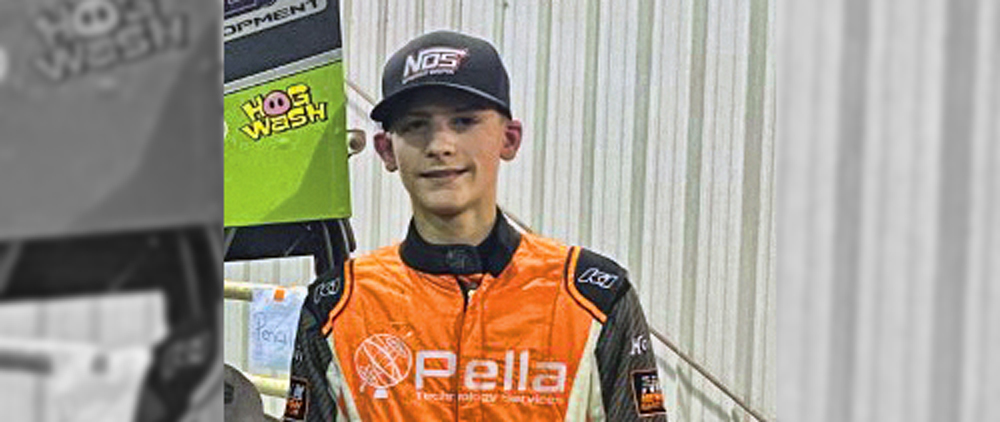
Vande Voort got his start in karting when he was 11 years old. As he moved up the ranks, he got to know other kids who were involved in the Compass Racing Development program. “Things were going really well, but then one night I had a crash, and I thought I was done. I was going to sell my car and move on to mini sprints. But that’s when McKenna Haase from the Compass Racing Development program called me.”
Haase asked Vande Voort if he would be interested in driving a 500 Outlaw car at an upcoming English Creek Speedway race in Knoxville. “There was no way I was going to turn that down,” he said. “I hadn’t driven a 500 yet, and this event was at one of the most prestigious karting tracks in the country. We ended up winning the first feature we ever raced in, and I continued to stay with the program.”
That also led to the Youth Racers of America program, of which Haase is also the executive director, and those clinics taught him how a race team operates. “When it started with Compass Racing Development, they gave me a car to race and develop. They wanted to see if I could get some results out of it. But with the Youth Racers of America organization, we learned about how the motorsports world really functions, what you have to do in order to accomplish certain things, and how to build various relationships.”
He said that along the way, he was concerned that a career in racing might not be feasible, but after seeking the advice from those with close racing ties, he felt much better about his prospects. “That’s when I discovered that a lot of teams and companies need help right now. As I’ve been working on the race cars more and more, I’ve realized that I would be happy to be working with a team as a driver or a crew guy. The opportunities are out there if you’re willing to look for them.”
Stu Kelly
NXG Youth Motorsports Graduate
As a race mechanic for the Force Indy team in the USF2000 open wheel series, Stu Kelly is responsible for the well-being of all the mechanical systems of the single seater from the cockpit on back. “The engine, gearbox, rear suspension—all of that is my territory,” he explained.
When he’s not wrenching on Formula cars, Kelly also campaigns his own car in competitive drifting events and designs and sells drift car parts for Mazda RX-7s through Stu Kelly Motorsports.
“My parents knew Charles Wilson and Rodney Reid, who together started the NXG Youth Motorsports program,” he said. “The program was designed to introduce kids to motorsports through kart racing, and I got to be part of their first program back in 2006. They taught me the fundamentals in terms of the racing line, braking points, turn-in, what the apex of a turn is and so on. I was 11 or 12 at the time, and I just really soaked it up. Charles was also kind of a mentor to me. He’d take me to his garage on the weekends, where he had a Late Model stock car and a souped-up third generation Camaro, and teach me the basics of being a mechanic.”
After going through the NXG program, Kelly returned to the organization a few years later as a teenager to work for it, assisting with course set-up and track operations.
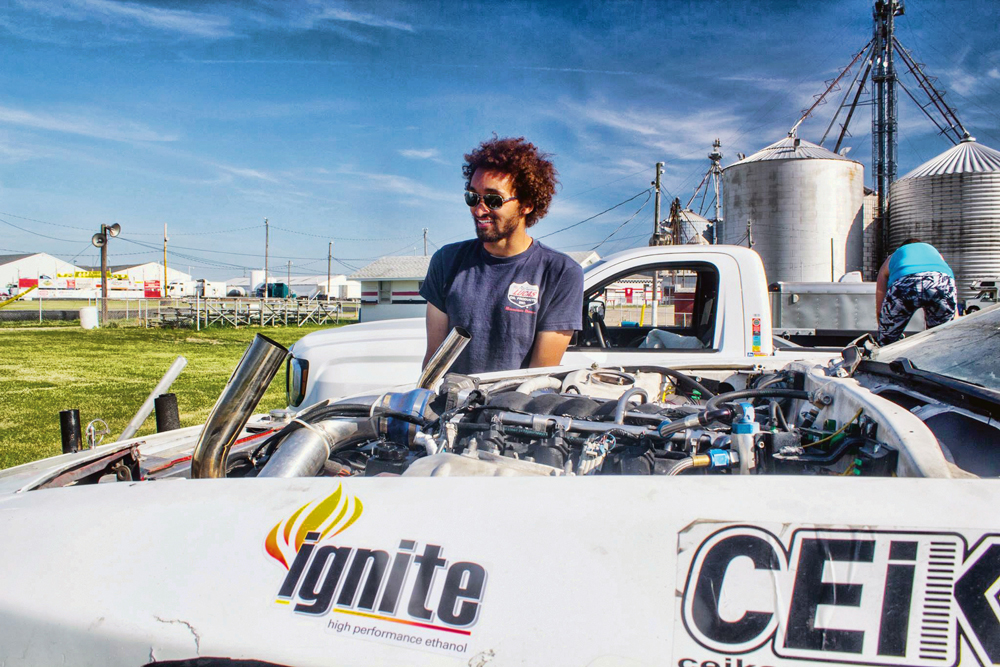
“Then around 2009, Charles and Rodney decided to put one of the NXG graduates in their Late Model stock car,” he said. “I didn’t drive it, but I got to work on the car and experience the racing environment from the crew’s side. I remember going home the night after a practice session at Lucas Oil Raceway (back when it was O’Reilly Raceway), and the sound of stock car engines were just playing over and over in my head. I loved it. That’s really what got me hooked.”
By 2011, Kelly was serving as NXG’s crew chief and general operations manager, a position he held until 2020, when he transitioned to his current role with the Force Indy team. “Rodney and Charles had always wanted to take students from NXG to the next levels of racing, whether that’s NASCAR, IndyCar or some other discipline,” he noted. “Because of our relationship with the Indianapolis Motor Speedway—where the majority of the NXG events take place—an opportunity arose for Rodney to create this Force Indy team with Roger Penske and continue the mission of getting more minorities into motorsports at a higher level.”
Kelly said that right now one of the biggest barriers that motorsports faces with kids is simply awareness of programs like NXG. “A lot of kids in the urban areas of Indianapolis only know and hear about sports like football and basketball. They just aren’t aware of what opportunities are available in racing. I think a lot of that stems from the notion that those sports can be a way into college or something like that. The opportunities are obviously different in motorsports, but if the message that you don’t have to be a race car driver to have a career in racing could reach more families, it would definitely drive up interest.”
Gavin Kercher
Hot Rodders of Tomorrow Graduate
Currently playing two roles for Team Penske’s IndyCar effort—one as a rearend mechanic for Scott McLaughlin’s #3 car at the shop, and the other as the “tire guy” at the track, adjusting pressures, checking tread depths, and keep everything copasetic on that front—Gavin Kercher was originally introduced to the world of racing through soap box derby competition not long after he learned to walk. By the age of seven he was already into drag racing snowmobiles, a passion that stuck with him throughout his formative years.
“It was around the time I was a junior in high school,” he recalled. “I remember thinking, ‘Well, I really like this snowmobiling stuff. I should probably start learning how to fix them.’” That in turn led him to the Motorcycle/Outdoor Power Technology class at the Elkhart Area Career Center. Within that class, the Hot Rodders of Tomorrow program was offered to students as an extracurricular activity.
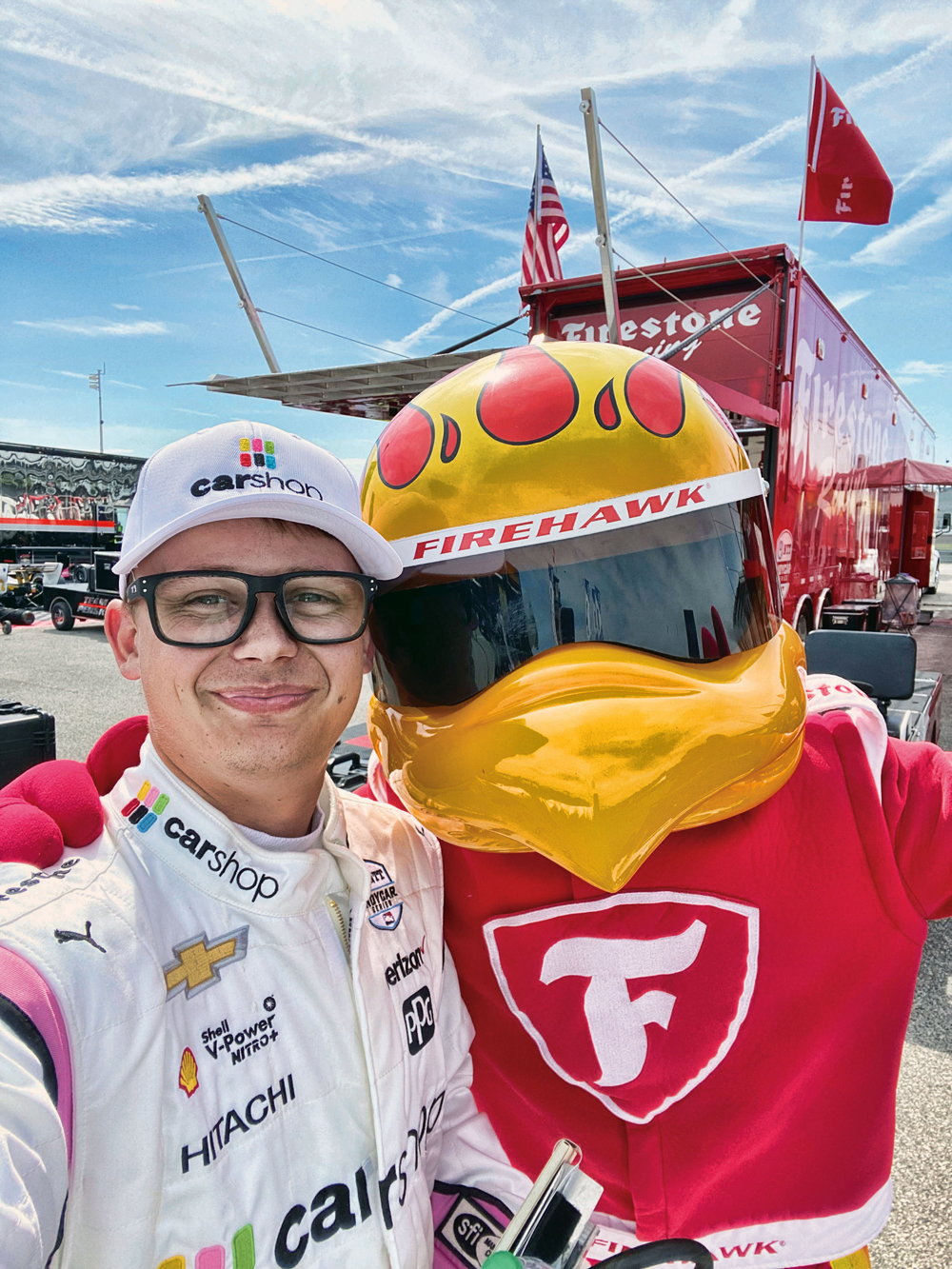
“We got a classroom demonstration of what they are doing in the program—tearing down and rebuilding a small block engine—and they mentioned that we could earn scholarships through the program. That part really interested me—I’ve always liked free money! So I decided to sign up and give it a shot.”
Part of the Hot Rodders of Tomorrow program includes a five-person competition that scores teams based on how quickly they can tear down and rebuild a spec engine, along with how well the engine runs after the rebuild based on the rotational torque it makes. “You’re racing against other teams across the country, and whoever does it the fastest and most accurately wins,” Kercher said. “So it really helped me learn how to operate within a team, and to work in a fast-paced environment where every second counts.”
The Hot Rodders of Tomorrow program eventually led to a scholarship to the NASCAR Technical Institute, where he learned about race car setup, suspension tuning and fabrication, among other motorsports-specific topics.
“While I was in school my resume made it over to the folks at Penske Racing, and I got a paid internship in the carbon fiber composite shop,” Kercher said. “I’d work in the mornings before my afternoon classes, and I got to know guys who were working on the race team there. When I was about to graduate, I decided to speak to the chief of our Acura IMSA program about what opportunities might be available. I got hired there full-time as a tire technician about a month out of school.”
He cited COVID as the main factor in his jump from the IMSA team to IndyCar. “I got really lucky with that, actually,” he said. “They needed some extra personnel, so I got pulled to go to some IndyCar races last year as well. Initially, I was the guy who held the sign board when drivers would come in for pit stops, and I started learning the IndyCar tires—they’re a little different from the stuff we use in IMSA. But I was also vocal about wanting to be a mechanic. I made sure people knew that was my goal. So right now is kind of a transitional year. I’m learning, but things are heading in the right direction.”
Looking back, Kercher said that he feels it’s important for STEM outreach programs to connect with younger kids in order to have a greater impact on their career trajectory. “Personally, I didn’t really know anything about this stuff until my junior year of high school. I feel like I could have benefited even more if I had been involved at a younger age. I definitely would have been interested in it. I think kids should be aware that college isn’t the only option when it comes to furthering their education.”
SOURCES
–
Compass Racing Development
compassracingdevelopment.com
Hot Rodders of Tomorrow
hotroddersoftomorrow.com
NXG Youth Motorsports
nxgyouth.org
Urban Youth Racing School
uyrs.com
Youth Racers of America
youthracersofamerica.com
 MEMBERSHIP LOGIN
MEMBERSHIP LOGIN JOIN PRI
JOIN PRI
